The premise was exciting enough; a spooky series about a teenage girl trying to go against the grain and follow her own path no matter what the cost. It boasted a strong, ethnically and sexually diverse cast and offered a platform for some serious feminist allegory. But when it finally arrived, Chilling Adventures of Sabrina seemed to neglect some key themes.
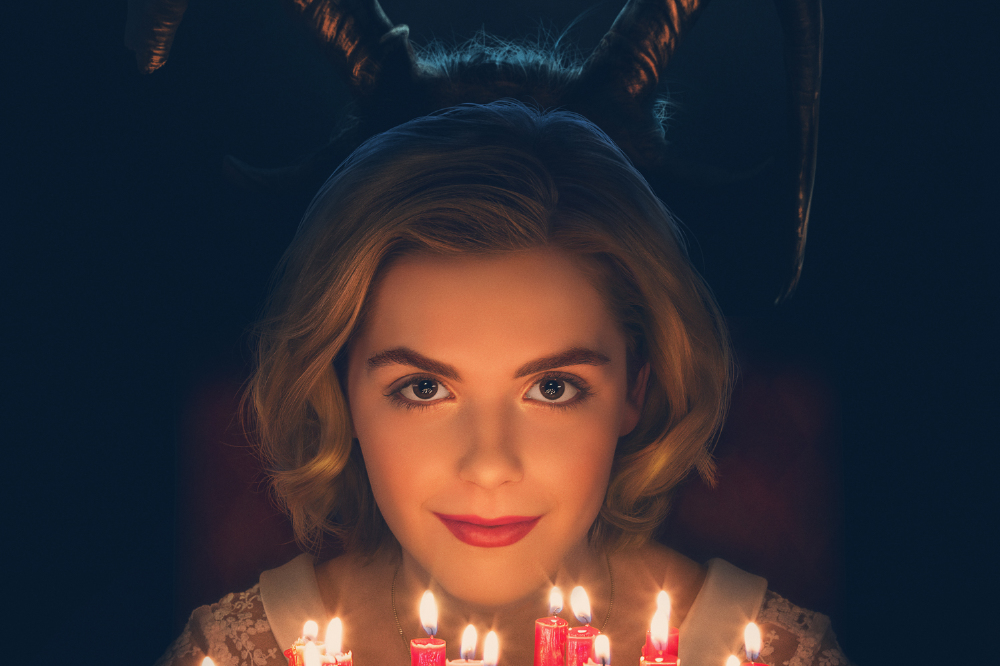
Chilling Adventures of Sabrina / Photo Credit: Netflix
The first couple of episodes of the show were thrilling. We were introduced to a range of women; curvy, bookish, gender non-conforming and postively evil. Some of them didn't disappoint as the series went on, while others largely conformed to a stereotype.
Take Hilda, for instance. Why is she seen as undesirable because of her weight in Dreams in a Witch House? I understand that it's her nightmare in which she's taunted for being a virgin by her sister, but why can we not portray a larger woman who is confident in her own skin? Especially after hundreds of years of living in it. Why does she have to be seen as someone who has never known the touch of a man? Are we expected to believe that in her extended lifetime, her bubbly nature, blonde tresses and cooking prowess at the very least have won no hearts?
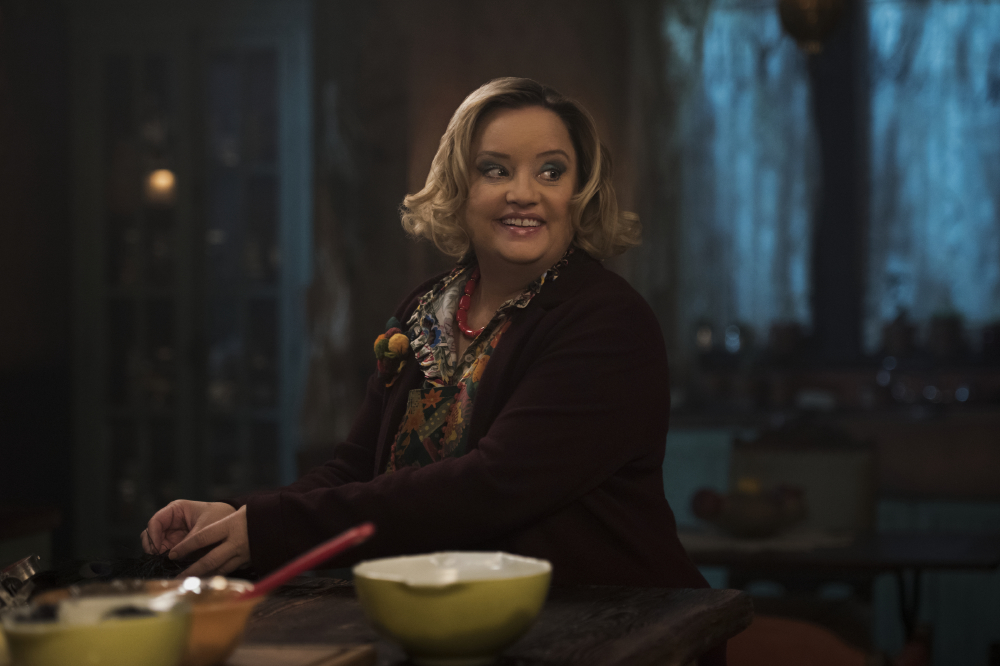
Meanwhile, some characters' stories didn't get nearly enough depth as we'd like. Susie Putnam's struggle as a gender non-binary teenager and Roz Walker's imminent blindness made for strong and real backgrounds which we're desperately hoping will be explored in Season 2.
I really hoped that Sabrina's entire adventure would serve as a metaphor for feminism. The fact that Sabrina doesn't want to submit herself to a lifetime of servitude for a male deity in order to keep her powers sends such a strong message to girls and women. She wants to beat the Beast, and not just him; she and Roz set up a women's club to get back at Baxter High's ruthless Principal George Hawthorne - and they called it WICCA (Women's Intersectional Cultural and Creative Association)!
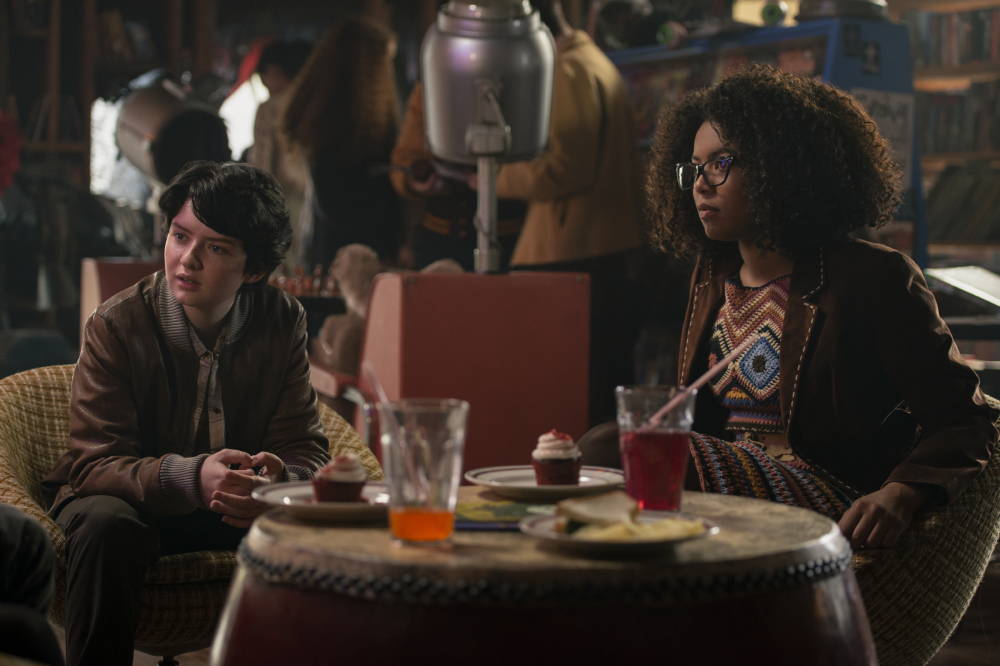
But then what happens? She ends up signing her soul away anyway, quite literally, while Madam Satan - as evil as she may be - thinks the only way to become powerful is by marrying the Dark Lord. Of course, there is still room for development; we're only one season in so chances are there'll be some sort of female uprising later on in the series.
The male character I was most lookign forward to meeting was Ambrose. When I first heard that there would be a pansexual character in the form of Sabrina's cousin, I was delighted. I was left wondering how they were going to deal with a subject like this, especially as he was housebound and had few chances of romantic interaction with people outside. He does, however, manage to land a date with a fellow warlock named Luke at a funeral, but apparently that's not enough to put across the sexual identity of this character.
In an attempt to display the fact that he also likes girls, he winds up in an orgy with Luke and the Weird Sisters. Pansexual and bisexual people already have to deal with the stereotype of promiscuity and sexual adventurousness so this scene was hardly helpful in that respect. Plus, it seems odd that Ambrose would forget so quickly that these were the girls that Harrowed Sabrina and almost killed her, so it's almost as though the scene was added in as an afterthought because writers didn't know how to write a pansexual character.
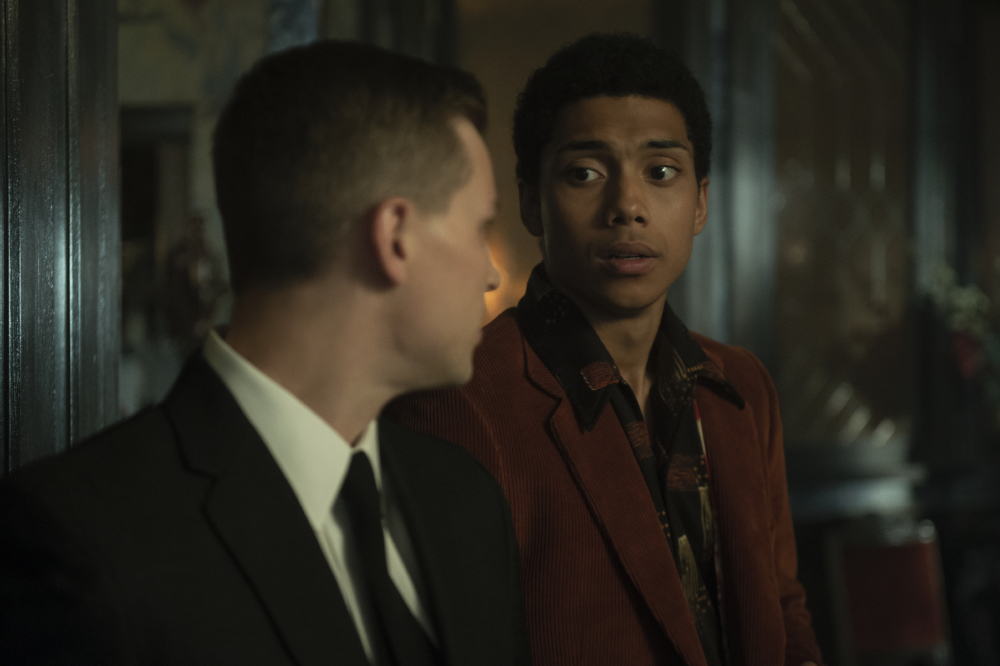
Now we get on to the more sensitive subject of religion. Recent years have seen a rise in the popularity of New Age religions, and they are repeatedly being treated as childish fads. Regardless of anyone's opinion on these ideologies, they don't deserve to be disrespected.
There are people in the world who identify as witches, some of whom practise under various Pagan religions, most prominently Wicca. Pagans and Wiccans are forced to defend themselves daily against this harmful stereotype that we all worship Satan despite the fact that Pagan witches don't even believe in Satan because it's part of the Abrahamic school of thought.
Having said that, it's true that there are witches out there who practise under Satanic mythology, and many of those have adopted imagery and themes from occultists such as Eliphas Levi's Baphomet (which we see at the Academy of the Unseen Arts). So, the fact that we were seeing witches worshipping the Dark Lord wasn't offensive. And who doesn't love a good "bad witch" story?
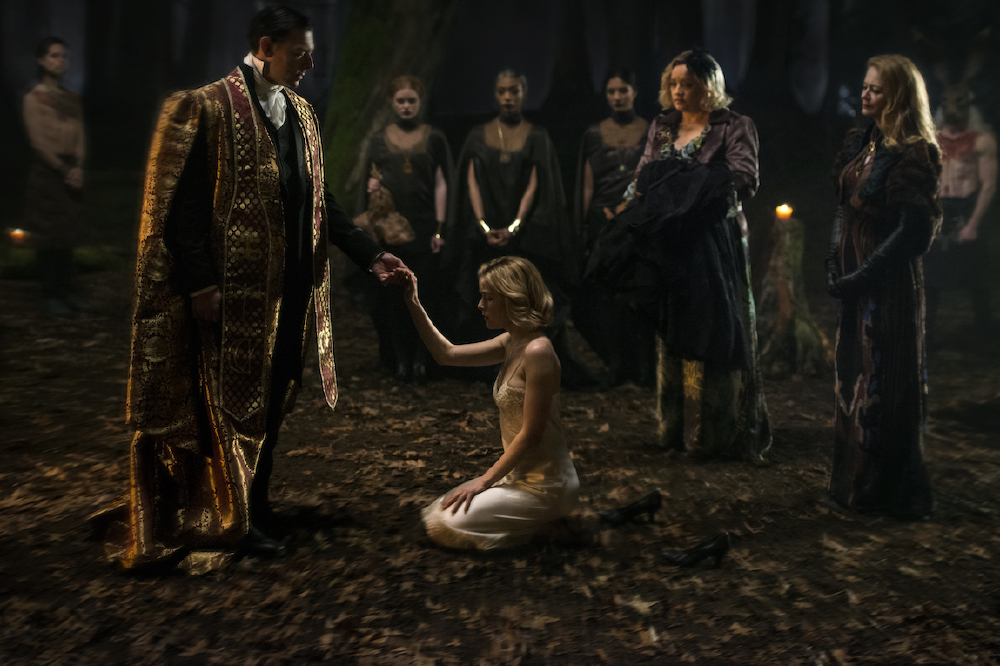
No, it's the conflating of Pagan goddess names - Freyja, Hecate, Artemis and Luna - with Satanic culture which became an issue. It's not acceptable in society to show ignorance to any other religion out there on television; indeed, if you were to portray Islam, Hinduism or Christianity as inherently evil it would raise a lot of eyebrows to say the least. But apparently is fine to attack Pagan pantheons. It's fine not to research those religions or those deities before thrusting them with a completely separate culture.
Chilling Adventures of Sabrina is only one season in so there's room for growth yet. But it's plain to see that in the writers' quest for a diverse and interesting story, they've occasionally missed the mark.
Tagged in feminism

